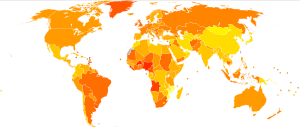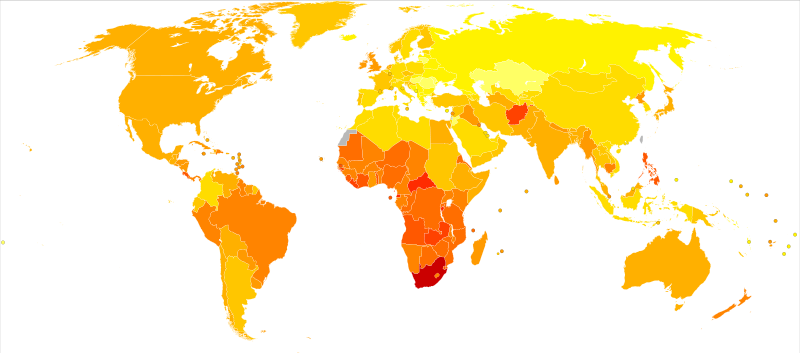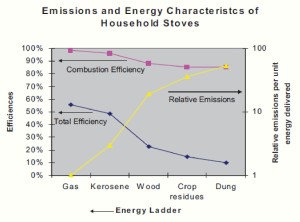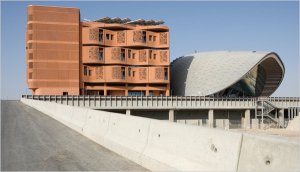The geothermal potential of urban heat islands (7 page pdf, Environmental Research Letters, Volume 5, Number 4, Oct. 12, 2010)
Geothermal energy sources have long been seen as a way of heating (and cooling) buildings, one of the main sources of greenhouse gas emissions when carbon fuels are used. The urban heat island effect is sometimes confused with the impact of climate change on urban temperatures rather than as the additional impact that it represents. The article reviewed today comes as a welcome relief in two ways: by suggesting that the geothermal energy impact itself can be harvested for use as a carbon-free source of building heat, and by showing that the longer term historical impact of the urban heat island is to accentuate the value of it as a heat source.

Key Quotes:
“Factors that cause the urban heat island effect in the subsurface are similar to the ones that increase surface air temperature, such as indirect solar heating by the massive and complex urban structures, anthropogenic heat losses, and land use change… because rather than radiation and advection, slow conduction plays the most important role in underground heat flow, and it is influenced by both surface and subsurface processes.
“The extra heat stored in urban aquifers is sometimes considered as a kind of underground thermal pollution. However, as a result of increasing interest in geothermal use, these high yielding aquifers are attractive thermal reservoirs for space heating and cooling”
“the theoretical geothermal potential in the urban aquifer of Cologne has a space heating capacity of 2.5, which means that the minimum potential extractable heat content is at least 2.5 times the total annual residential heating demand..Winnipeg’s heating demand is almost twice that of Cologne and its population is smaller. Accordingly, its geothermal potential is at least half of the annual heating demand, and a maximum capacity of 5.6”
“Cities with a longer history of urbanization usually have influence on the subsurface temperature at greater depth, due to the early start of additional heat”
Related articles
- Geothermal Heat Pump Systems by TERRASource Geothermal Systems (prweb.com)
- The pros and cons of geothermal energy. (slate.com)
- Yellowknife geothermal proposal heats up (cbc.ca)
- What are Urban Heat Islands? (brighthub.com)
- Deep Under the West Virginia Coal, Geothermal Resource Beckons (spectrum.ieee.org)
- How Google Cash Helped Find Geothermal Energy in West Virginia (fastcompany.com)
- "Google Helps Geothermal In A Big Way" and related posts (newenergyandfuel.com)
- Kettering University Receives $50,000 from Ford Fund for Geothermal Research at Urban Farm in Flint, Mich. (eon.businesswire.com)
- UQ researcher finds giant asteroid impact (news.theage.com.au)














































